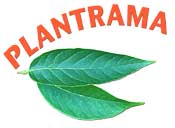Rusty Nails For Blue Hydrangeas, Queen Anne’s Lace, and Too Many Plants
Learn about turning Hydrangea flowers blue, how to tell if you’re looking at Queen Anne’s lace or the poison hemlock, and not enough room for all these plants! Plus C.L. loves listening to the Audible version of Michael Pollen’s book, This is Your Mind on Plants.
:29 True or False: To turn Hydrangeas blue, place rusty nails in the ground
3:48 Eat/Drink/Grow: Queen Anne’s Lace and Poisonous Look-Alikes
15:04 Check This Out: Michael Pollen’s book “This is Your Mind on Plants”
20:30 Love Letters and Questions: Candace writes: “There isn’t room in my house for all of these plants…not if I want to say married. Help!”
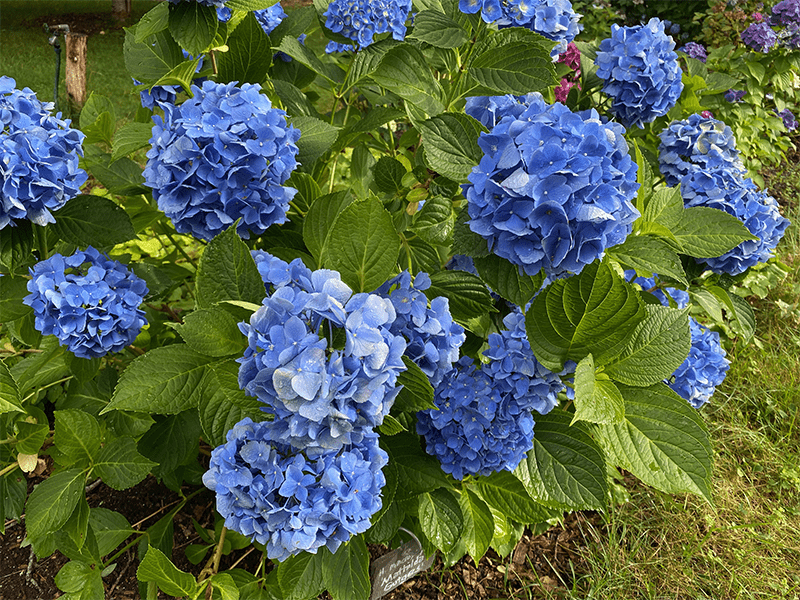
The color of this Hydrangea macrophylla (‘Mathilda Gutges’) is partly from the plants genetics and partly because it’s growing in Cape Cod’s naturally acidic soils. No rusty nails will make this happen!
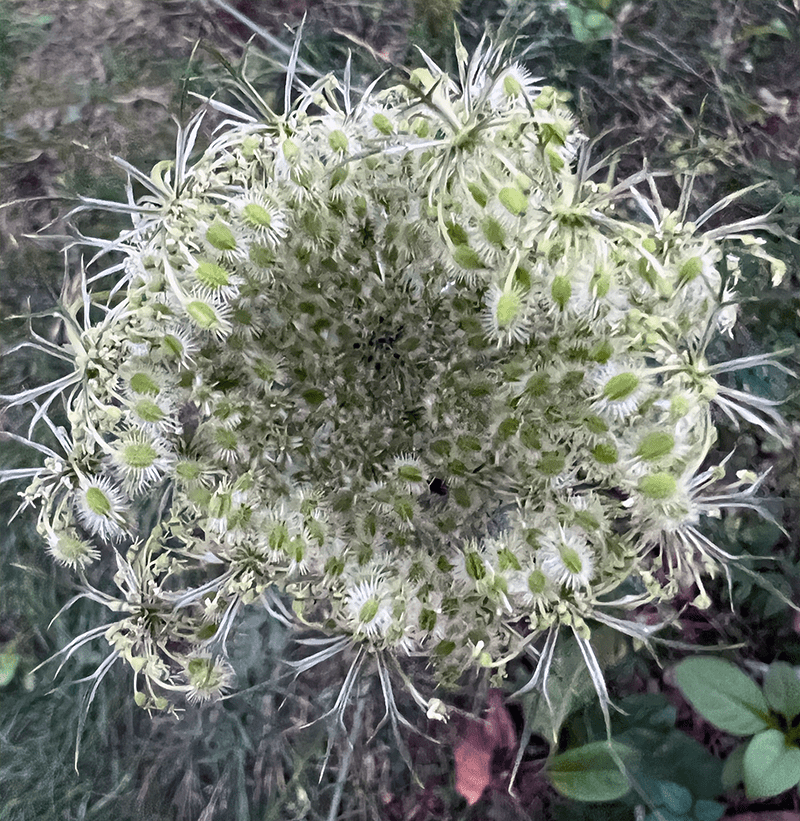
When the Queen Anne’s lace flower goes to seed, it turns up and forms a “nest.”
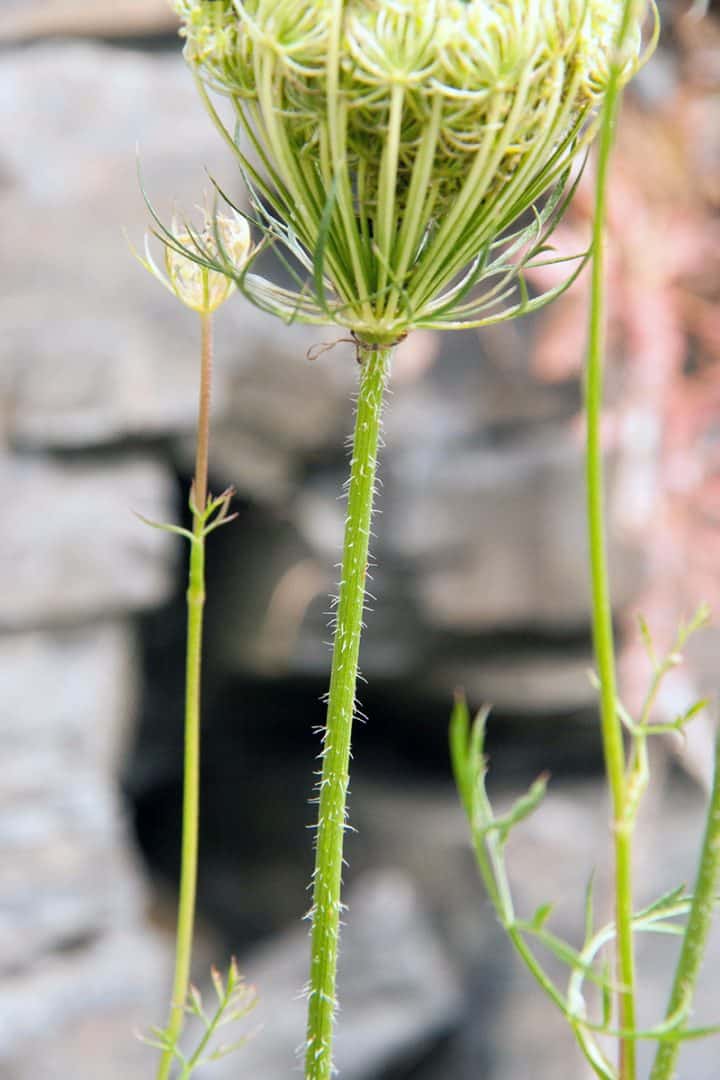
How do you tell if you’re looking at Queen Anne’s lace or the poison hemlock? Remember that “the queen has hairy legs.”
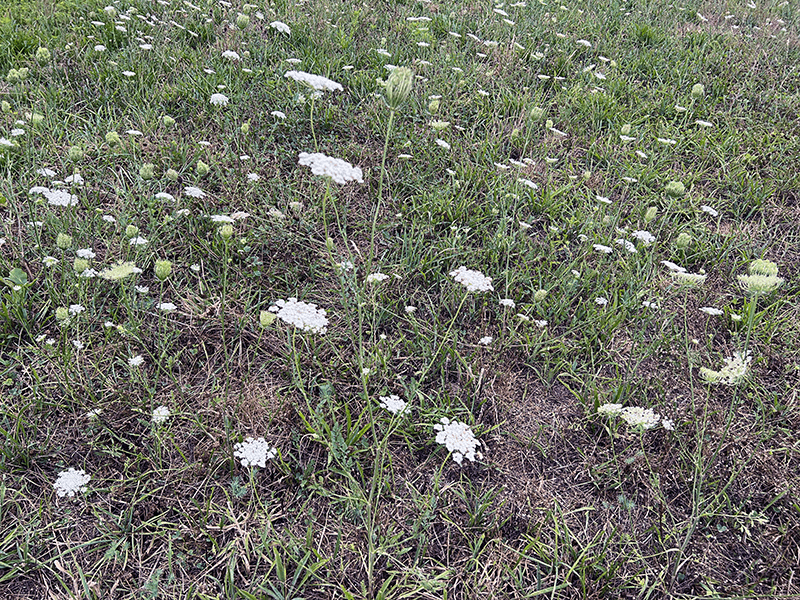
Even after two months of hot, dry weather, Queen Anne’s lace is flowering in fields.
